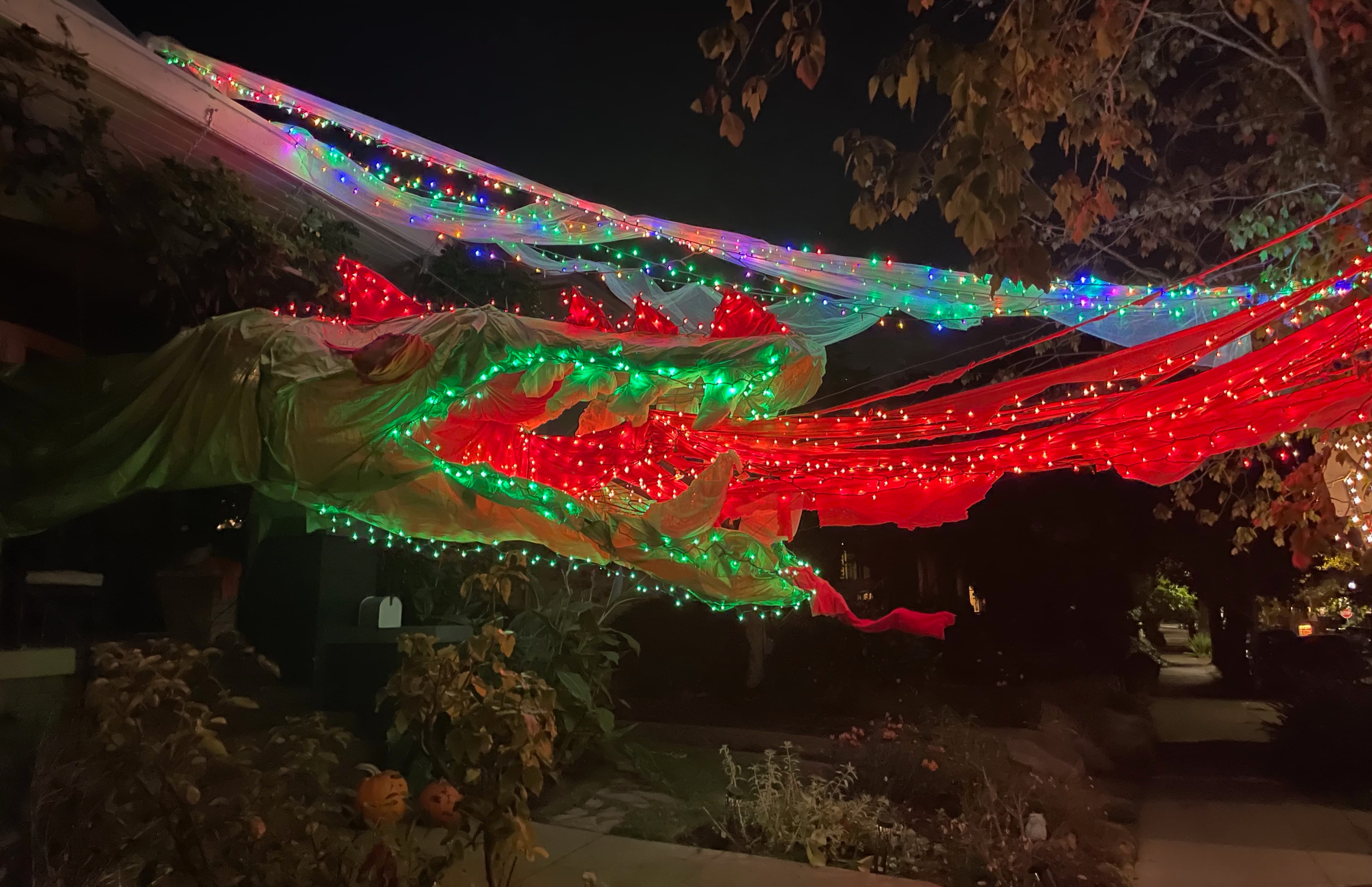Harmony & Keeping The Peace Are Opposites
I had a difficult conversation last night, and I’m glad I did. Confronting people about harm they caused you is never easy, but after having leaned into discomfort numerous times thanks to Love First’s foundational Embrace Vulnerability practice, I’ve become strangely comfortable having all sorts of uncomfortable conversations.
While occasionally tense, things never got heated or unpleasant—a testament to our mutual respect for each other as human beings, and our shared commitment to non-violent communication. The emotions only really escalated (on both our ends) when I shared what mattered most to me, all logic and reasoning and “right or wrong”-ness aside:
I felt hurt by their actions, and that there remained an imbalance that left us in disharmony with one another.
I was hoping to feel heard and seen in my pain, and expressed that I just wanted us to come to a place of harmony. We didn’t need to be close friends, or much of anything at all even. I wanted to have balance restored so that, under some hypothetical future scenario wherein I was asked about their character, I could honestly say something positive (“there was a rupture, but they repaired it”) and have their actions not come around to bite them in the ass somewhere down the line.
Schadenfreude may be satisfying, but it is an expression of the worst in us.
In the second half of the evening’s conversation, a lot of context emerged that explained certain choices and behaviors. This led to a point where I needed to clarify something I’ve seen people misunderstand before:
Harmony and “keeping the peace” are not synonyms; they are opposite ends on a spectrum.
Picture a 55-piece orchestra: every musician has their respective instrument, notes to play, and energy to add to the experience. Harmony is when every single one of them plays every note perfectly and beautifully, and what could have been a cacophony of 55 different noises is instead a pleasing whole, greater than the sum of its parts.
Conversely, when we try to keep the peace, it would be like that same 55-piece orchestra playing the same song, but three of the violinists have been arguing all day about the best or “right” technique for a certain part, and right now they’re all focusing more on how the others are playing so that they can criticize them for any mistakes later. As a result, each are making some mistakes themselves, but there’s five total violinists, so you might not notice as a listener. Then there’s the french horn player, who’s still recovering from pneumonia and is dropping certain notes. But you don’t know those notes were meant to be played, so you don’t notice anything wrong. And then there’s the flutist, who is angry with the conductor, and is letting that energy flow into their performance. The flutists next to them feel it, the conductor feels it, but you’re in the audience, and you don’t notice a thing.
From the outside observer’s perspective, the song may have been played exactly as it was meant to. But the people on the inside of the conflicts and struggle are acutely aware of how subpar their performance was. And they’re not better off for it just because you and others didn’t notice.
Keeping the peace is about the appearance of harmony, while actively trying to subdue or hide the disharmony that exists. Conversely, when we work to create real harmony, we show up to do the hard work: we repair damages and ruptures, own our actions, apologize as needed, and seek to Restore Balance.
Harmony—actual harmony—comes from repairing every bit of disharmony we are unable to let go of. There is no preventative approach to creating harmony; it is only a result of how we (collectively) show up to co-create, and how we come together when—not if, when—disharmony occurs. It is an acknowledgement of our whole and flawed humanness, a knowing that every single one of us will make mistakes sometimes that cause other people harm. And what matters most is not the intention or even the legality of our actions; what matters most is what the results of those actions are.
If your actions caused harm, then intentional or not, and whether legal or not, it means you created disharmony, and now there is an opportunity to do repair. That repair allows you to create more harmony between you than existed even before the rupture.
And I think we should all consider it a gift when we can create more harmony.
